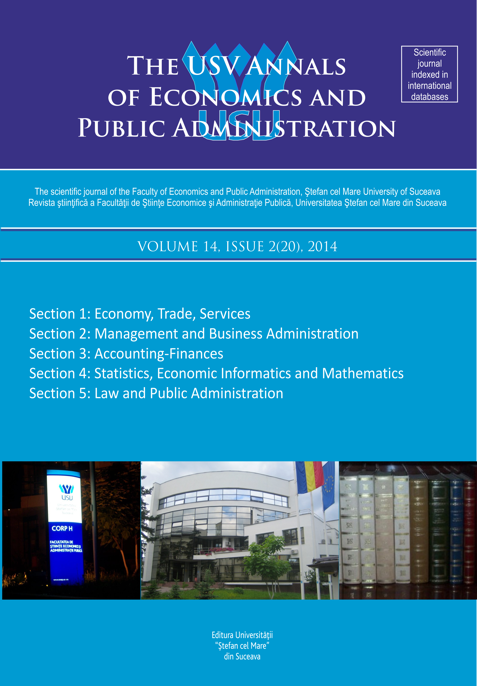Development of optimal filters obtained through convolution methods, used for fingerprint image enhancement and restoration
DOI:
https://doi.org/10.4316/aepa.2014.14.2(20).156-167Abstract
This article presents the development of optimal filters through covolution methods, necessary for restoring, correcting and improving fingerprints acquired from a sensor, able to provide the most ideal image in the output. After the image was binarized and equalized, Canny filter is applied in order to: eliminate the noise (filtering the image with a Gaussian filter), non-maxima suppression, module gradient adaptive binarization and extension edge points edges by hysteresis. The resulting image after applying Canny filter is not ideal. It is possible that the result will be an image with very fragmented edges and many pores in ridge. For the resulting image, a bank of convolution filters are applied one after another (Kirsch, Laplace, Roberts, Prewitt, Sobel, Frei-Chen, averaging convolution filter, circular convolution filter, lapacian convolution filter, gaussian convolution filter, LoG convolution filter, DoG, inverted filters, Wiener, the filter of ”equalization of the power spectrum” (intermediary filter between the Wiener filter and the inverted filter), the geometrical average filter , etc.) with different features.Downloads
Published
2014-12-20
Issue
Section
Statistics, economic informatics and mathematics

